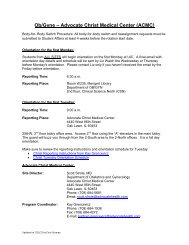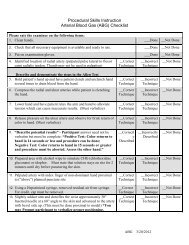Online ICU Guidebook ICU Basics Intensive Care Topics ...
Online ICU Guidebook ICU Basics Intensive Care Topics ...
Online ICU Guidebook ICU Basics Intensive Care Topics ...
You also want an ePaper? Increase the reach of your titles
YUMPU automatically turns print PDFs into web optimized ePapers that Google loves.
Home<br />
<strong>ICU</strong> <strong>Basics</strong><br />
<strong>Intensive</strong> <strong>Care</strong> <strong>Topics</strong><br />
Vasopressors<br />
Mechanical Ventilation<br />
Procedures + Calcs<br />
Core <strong>ICU</strong><br />
Core CCU<br />
P+C<br />
<strong>Online</strong> <strong>ICU</strong> <strong>Guidebook</strong><br />
<strong>ICU</strong> <strong>Guidebook</strong> | Procedures&Calculators | Supplemental O2<br />
Supplemental Oxygen<br />
Nasal Canula > Simple face mask > Venturi-mask > non-rebreathing mask<br />
Nasal Canula<br />
Venturi mask<br />
- 1L ~ 0.24 FiO2<br />
- Each additional liter ~ adds 0.04 FiO2<br />
- Precise administration of O2<br />
- Usual preset values of FiO2 of 24%, 28%, 31%, 35%, 49% and 50%<br />
Nonrebreathing mask<br />
- 0.80 to 0.90 FiO2<br />
Non-Invasive Positive Pressure Ventilation (NIPPV) --BIPAP/CPAP<br />
How does it work?<br />
Increases alveolar ventilation<br />
Decreases work of breathing<br />
Helps rest pt’s resp muscles<br />
**Assess pt’s VS including O2sat, ABCs, and stability before deciding to pursue NIPPV**<br />
Contraindications of BIPAP/CPAP (using your common sense): severe encephalopathy,<br />
inability to cooperate/protect airway, high risk of aspiration, inability to clear secretions, upper<br />
airway obstxn, homodynamic instability<br />
If stable à<br />
1. Determine mode and delivery device to be used (BIPAP vs. CPAP, nasal vs. facial mask)<br />
àBIPAP: IPAP (inspiratory + airway pressure): 6-10<br />
*helps overcome the work of breathing, adjust this will help change pCO2<br />
EPAP (expiratory + airway pressure): 2-4<br />
*similar to PEEP on vent, adjust this will help change pO2 along w/ the amount of O2<br />
supplied<br />
**start low at IPAP of 7 and EPAP of 2 (keep AT LEAST 4-5 pressure difference btwn IPAP &<br />
EPAP or will just be like CPAP)<br />
àCPAP: 5-7pressures<br />
2. Monitor ABG q30-45minutes for the first 2 hours.<br />
à if NO improvement in pH or pCO2, consider trial failure and may need to proceed w/ intubation.<br />
WEANING TRIAL<br />
1. Can consider if pt on FIO2 of 105 ( failure to wean likely<br />
RSI 51-104 = offer CPAP trila<br />
RSI




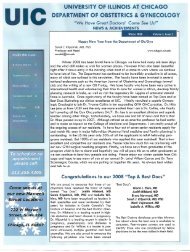
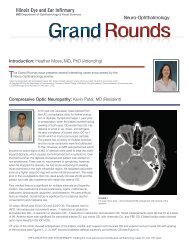
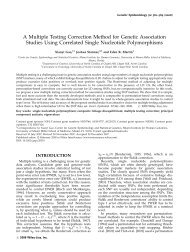
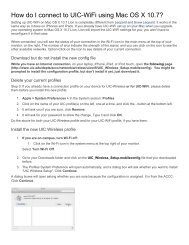
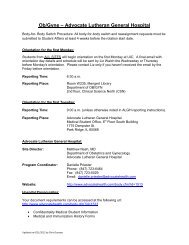

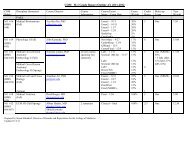

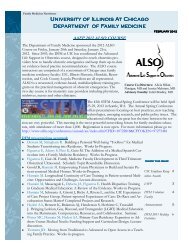
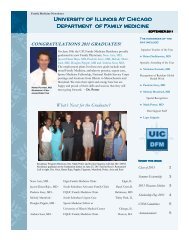
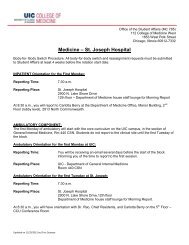
![CV Joan [W51] - University of Illinois College of Medicine at Chicago ...](https://img.yumpu.com/17336863/1/190x245/cv-joan-w51-university-of-illinois-college-of-medicine-at-chicago-.jpg?quality=85)
